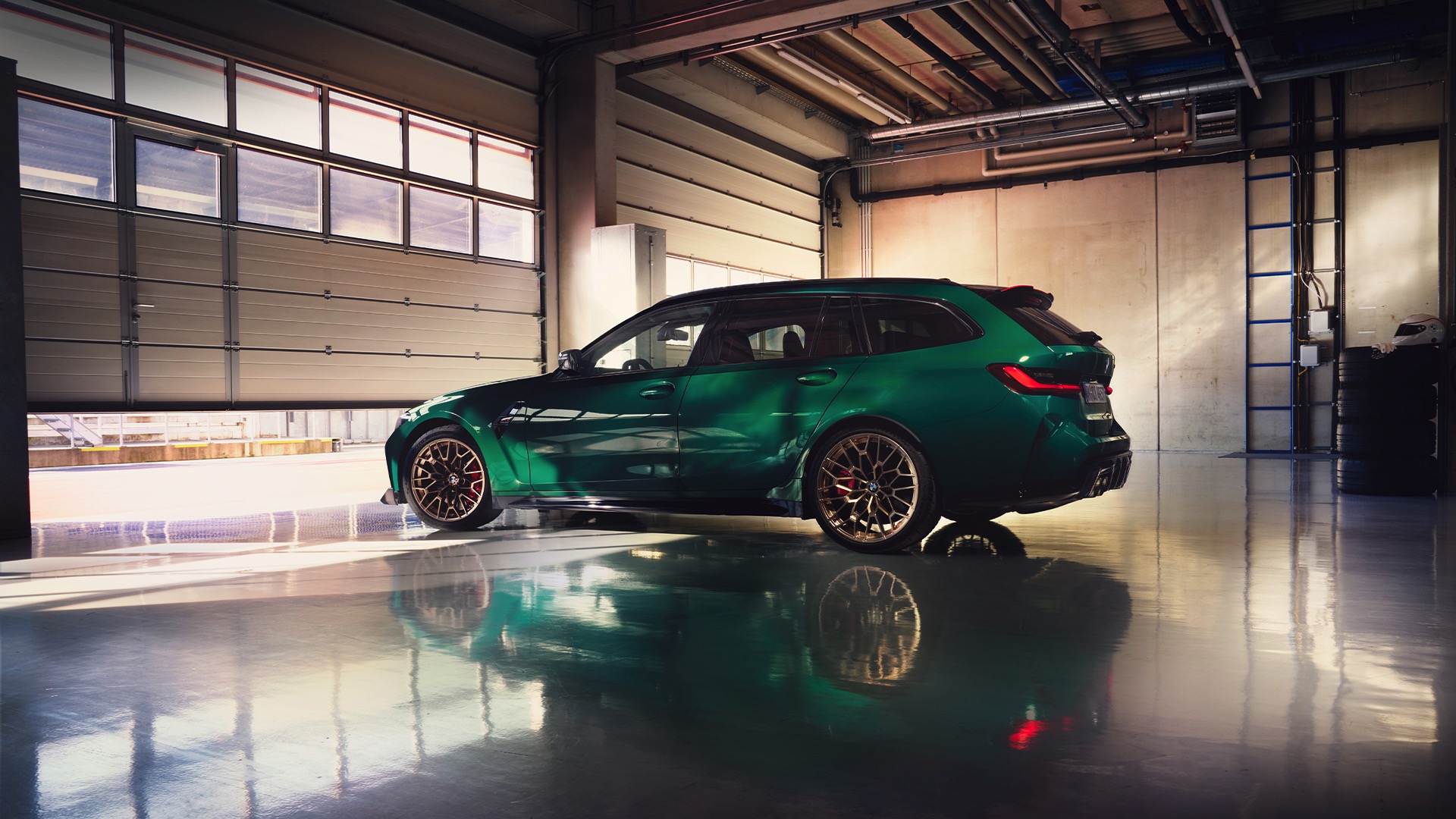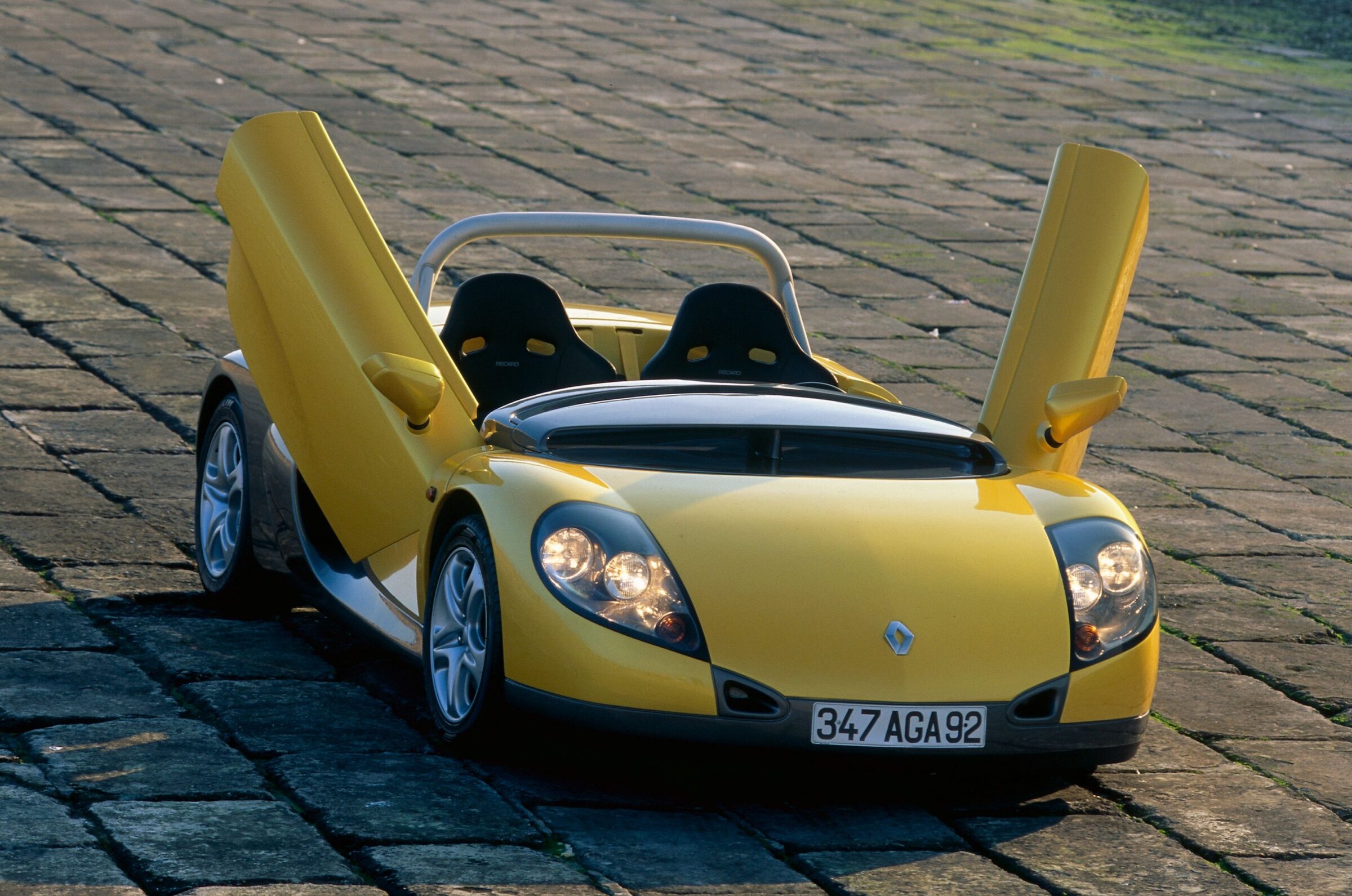Lancia Stratos HF
At the Torino Auto Show 1970 debuted a wedge-shaped sports car study by Marcello Gandini, who worked for Bertone at the time, which never went into production, but with its radical styling ideas paved the way into the 70s for several other manufacturers. We are talking about the Stratos Zero, whose only access for driver and co-driver was via the windscreen. That was not enough, both then sat so far forward that their knees were to be found in line with the front axle. Behind them Bertone longitudinaly mounted a four-cylinder engine from the Lancia Fulvia. A year later the Lancia Stratos debuted at the same motorshow, but was less radical. Although this little wedge also explored the limits of its time. At just 3.67 meters long, 1.70 meters wide, 1.08 meters high and 2.67 meters of wheelbase, the car was extremely compact, but had a powerful transversely mounted V6 with 2.4 liters displacement and 195 hp, which Lancia bought from Ferrari. There the engine was used in the Dino 246.
Already in the specification sheets for designers and engineers was firmly anchored that Lancia wanted to replace the successful Fulvia on the rally tracks with the new car. At this point the genius (or madness) of motorsport boss Cesare Fiorio came out, as he had read through the rule books and discovered an interesting gray area. Up to this point the manufacturers derived their rally cars from road cars via Group 3 reglement, which made 1,000 copies in streetlegal condition within a period of 24 months after production started necessary. These could be transferred to the wilder Group 4 reglement by building another 500 road cars with all technical and optical changes. However, there was no rule written, saying that this was the only possible way to get into Group 4. So Lancia planned the Stratos directly as a low-volume streetcar to homologate the rally car in Group 4 without going the detour through the smaller series. This was something the FIA never saw coming. They even lowered the necessary number to 400 cars shortly before the Stratos was launched to accomodate some manufacturers.
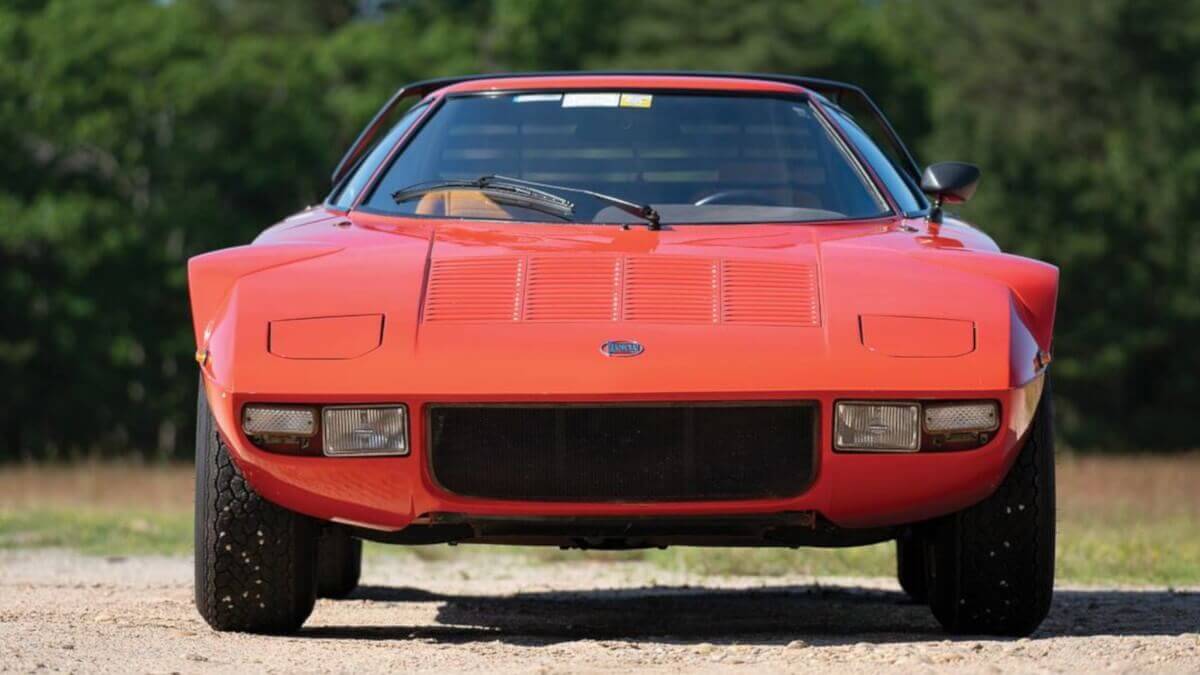

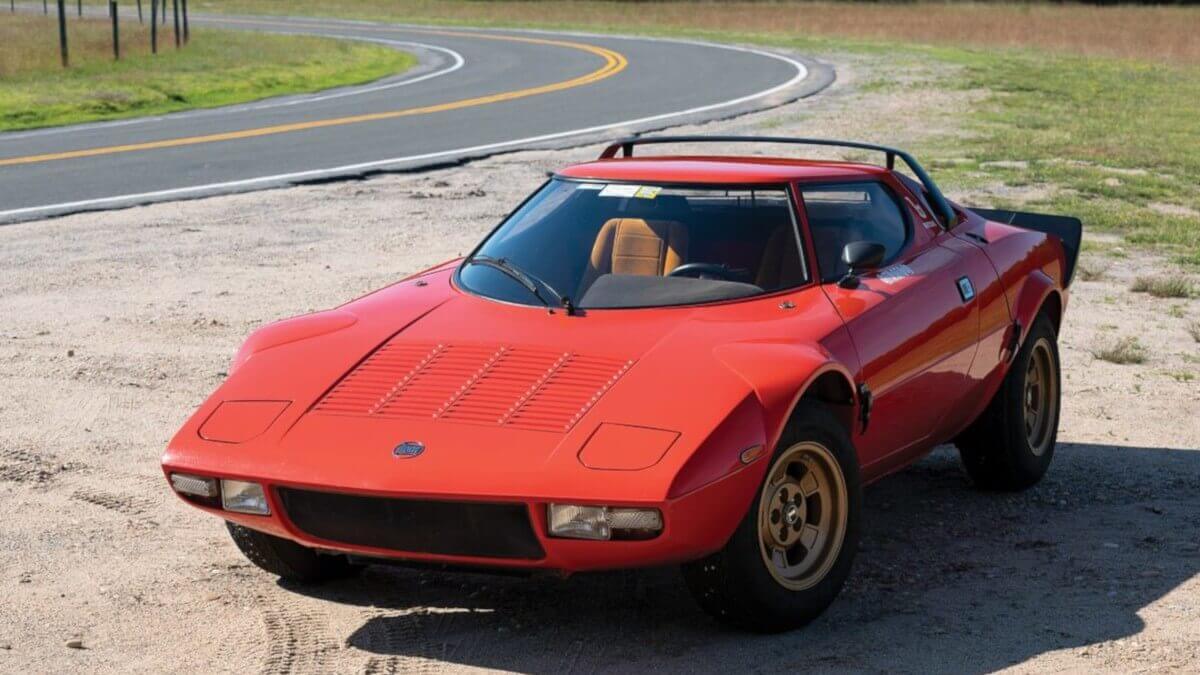

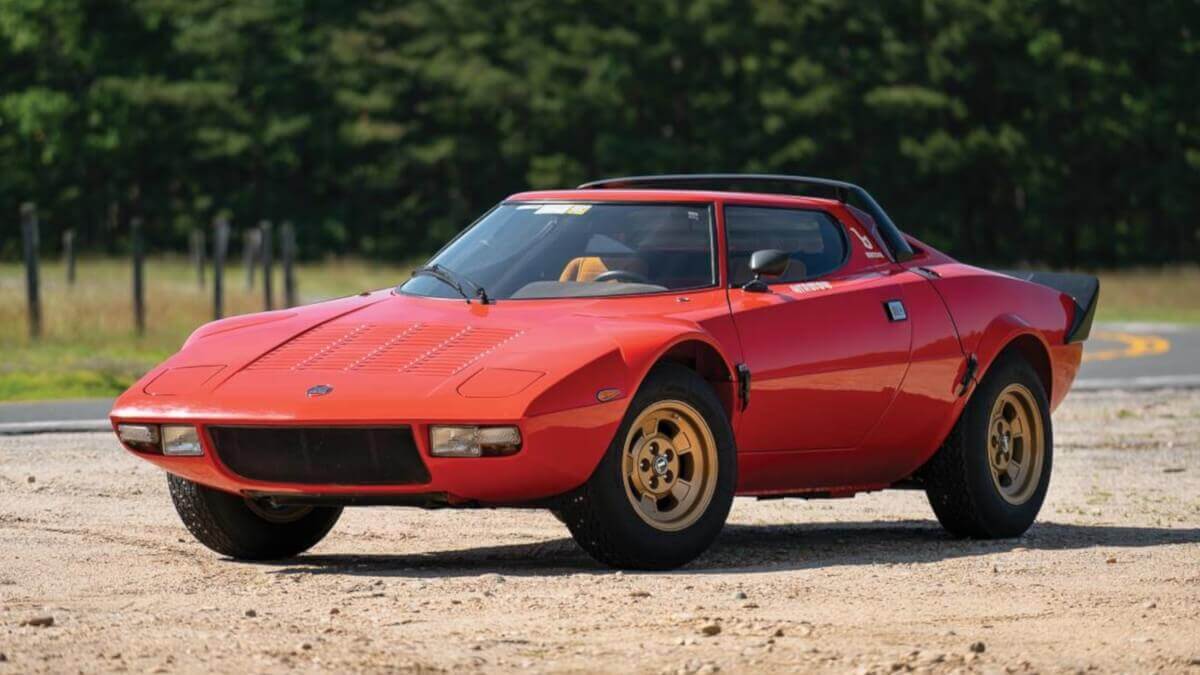

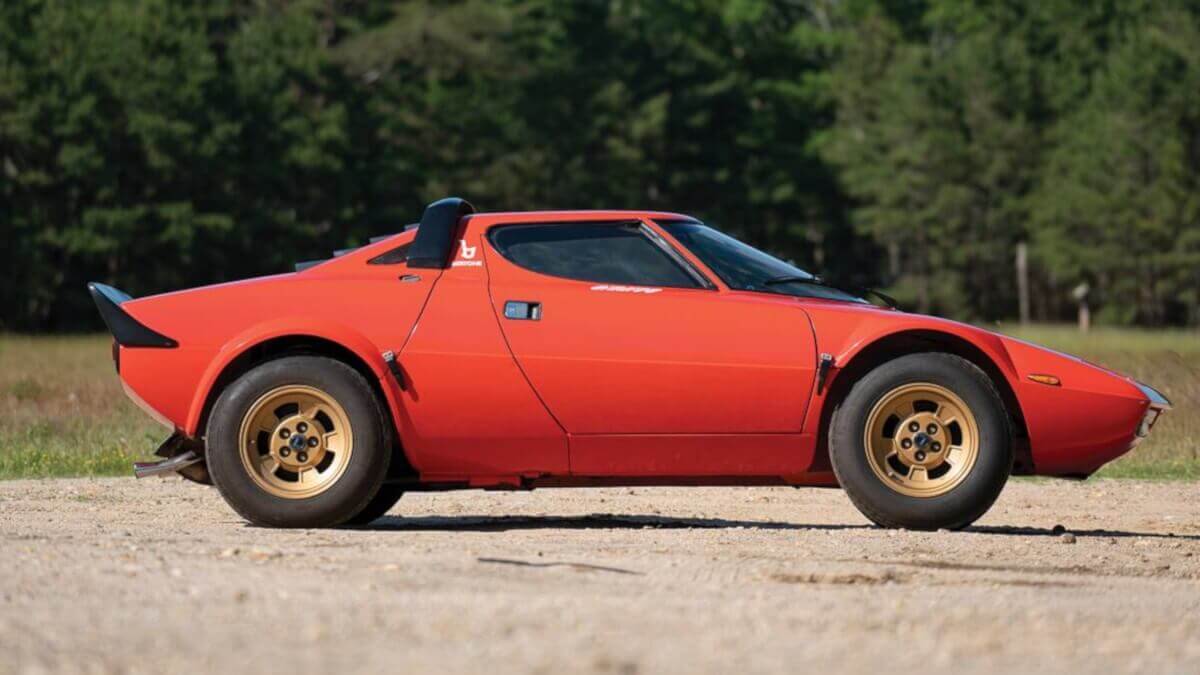

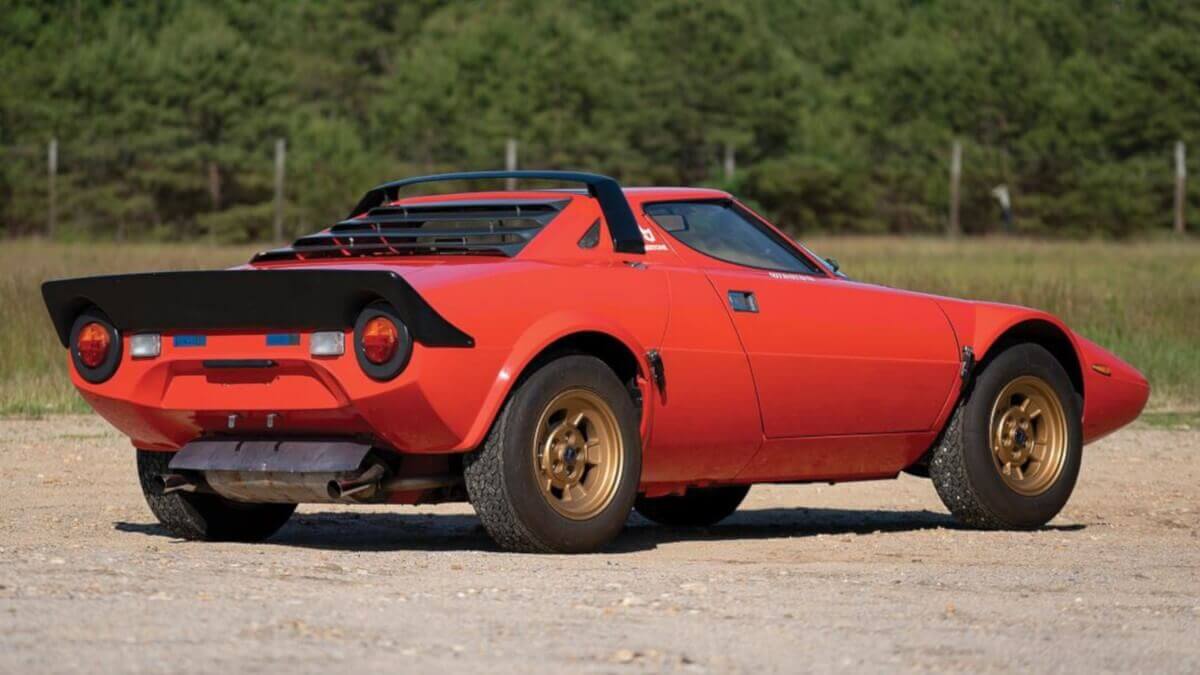

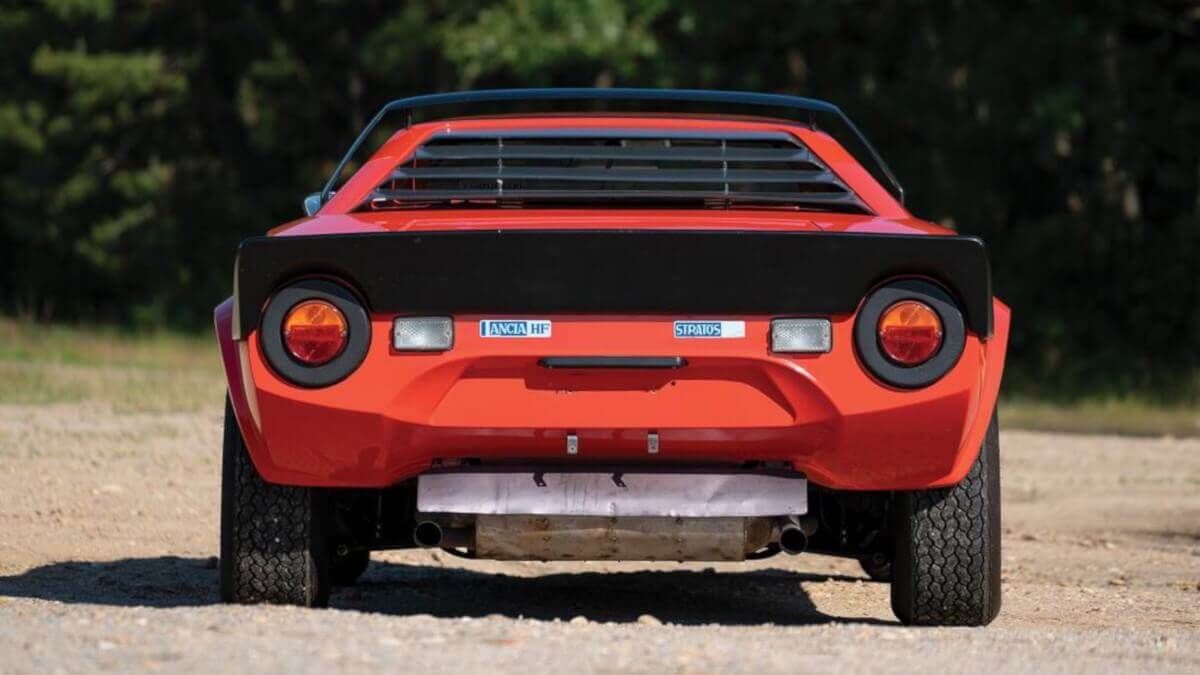

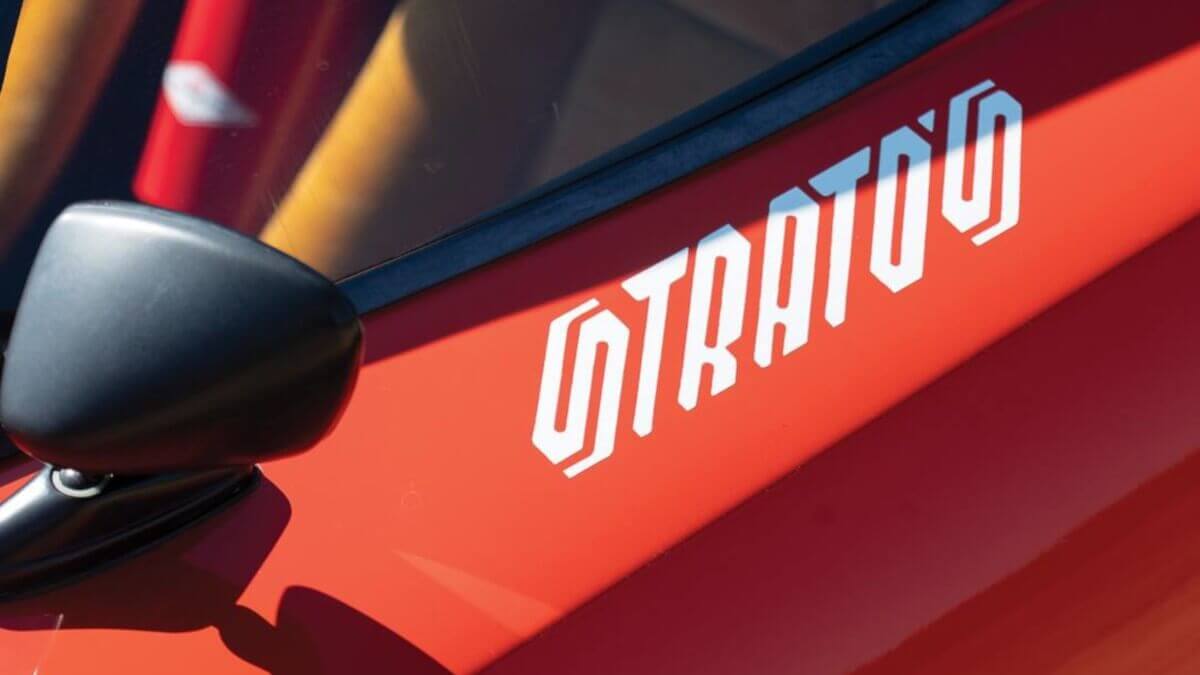

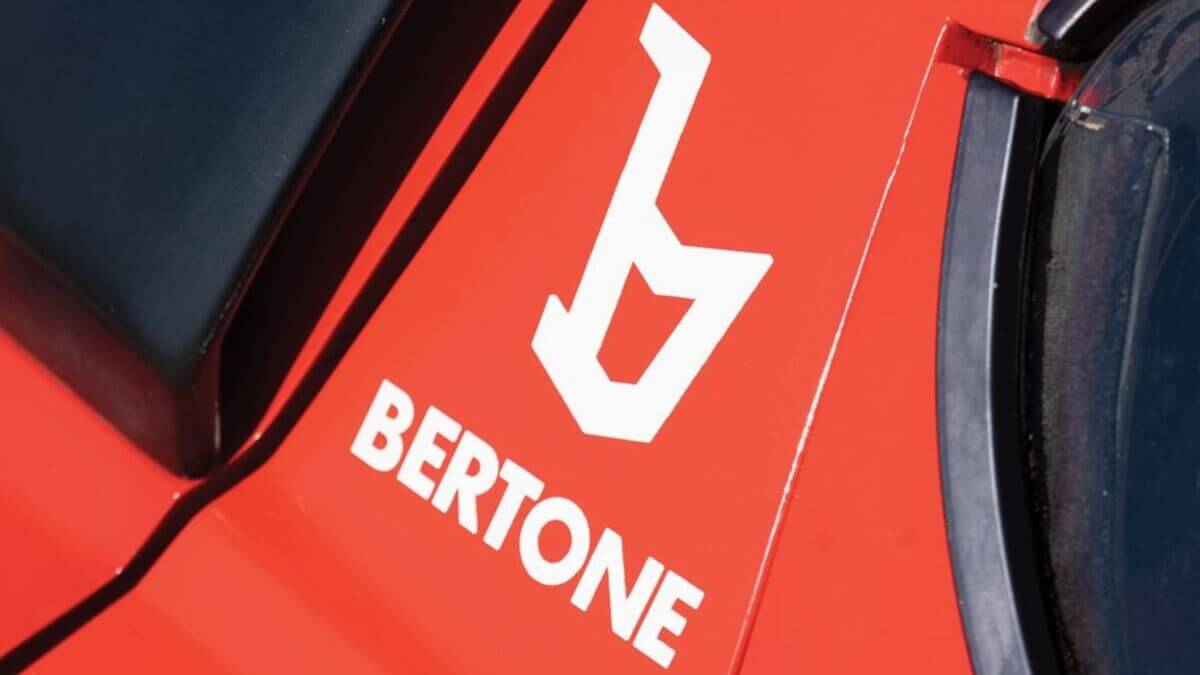

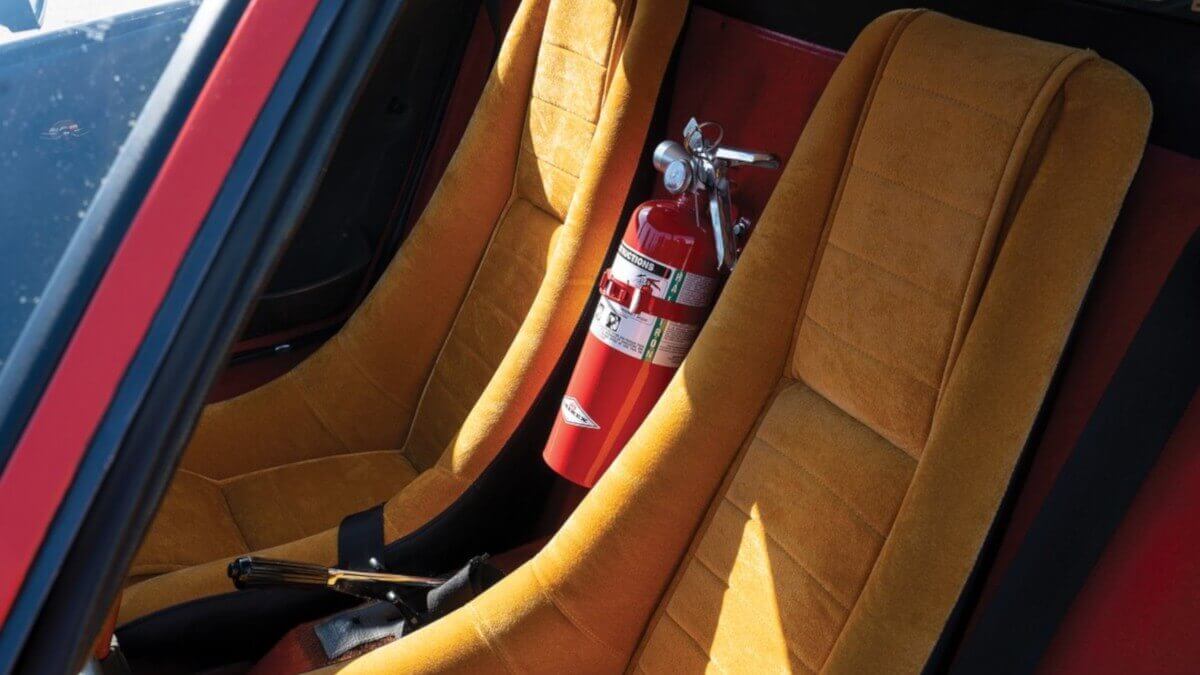

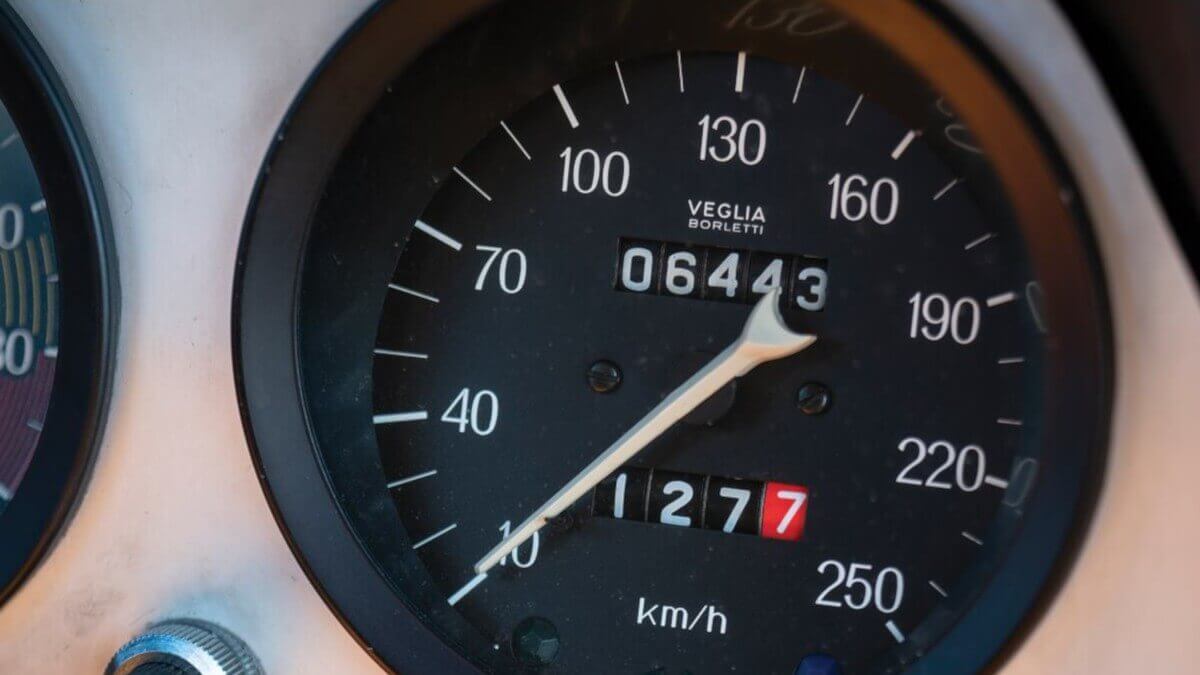

Production of the Stratos started on 1 July 1972, with Bertone building the bodies with steel monocoque in the middle, subframes front and rear as well as large-scale lids made from fiberglass reinforced plastic. Then they sent them to the Lancia factory in Grugliasco to be completed, although the bodies layed around there for quite some time until they were finally build into complete cars. By the end of 1974 only 183 copies of the Lancia Stratos had been made. Nevertheless the FIA approved the car for Group 4, as there were enough components and bodies-in-white ready for production. Counting wasn’t the biggest strength of the rule-keepers from Paris back in those days, which was gladly exploited by many manufacturers. In late 1975 Lancia completed the last cars. All together about 492 road cars are said to be in existence, but nobody knows for sure. However, the sale often lasted well into the 1980s – despite the great rally successes. The wedge-styled sports car was simply too tight cut inside and also extremely difficult to drive.
This was increasingly the case in the rally version, where the V6 engine got upgrades to about 280 hp, sometimes even more. Rumor has it that Markku Alén won the 1978 Giro Automobilistico d’Italia with a 420 hp version of the Dino powerplant. There was even more power in the two factory-built Group 5 cars for the 24 Hours of Le Mans 1976 and 1977, which got about 560 hp from turbocharging the engines. However, these two cars could not continue the great successes of the rally siblings. On gravel, mud, snow, ice and tarmac of the World Rally Championship it won the manufacturer title in 1974, 1975 and 1976. The last Stratos win in a Worldchampionship rally dates back to the Tour de Corse 1981. Successful years in rallycross championships followed.
Meanwhile, the road cars, as already indicated above, stood at the dealers and squared their wheels. An example of this is our photo car in the gallery, which was completed in 1974, but was handed to its first owner in 1986. Until then, it obviously served as a demonstrator car for a Lancia dealer in Rome, but only clocked in about 3,200 kilometers within those twelve years. About the same distance was added by the first owner in the next 28 years. During this time, the car was temporarily stored according to available invoices in the UK and in New Zealand. Since 2014 the car is with its second owner in the USA, who now offers it with RM Sotheby’s at auction during the Monterey Car Week. It still wears its original paintwork in ‘Rosso Arancio’ and the Alcantara seats in ‘Havana’. The auction house expects a maximum bid in the range between 600,000 and 675,000 US$.
Images: RM Sotheby’s


